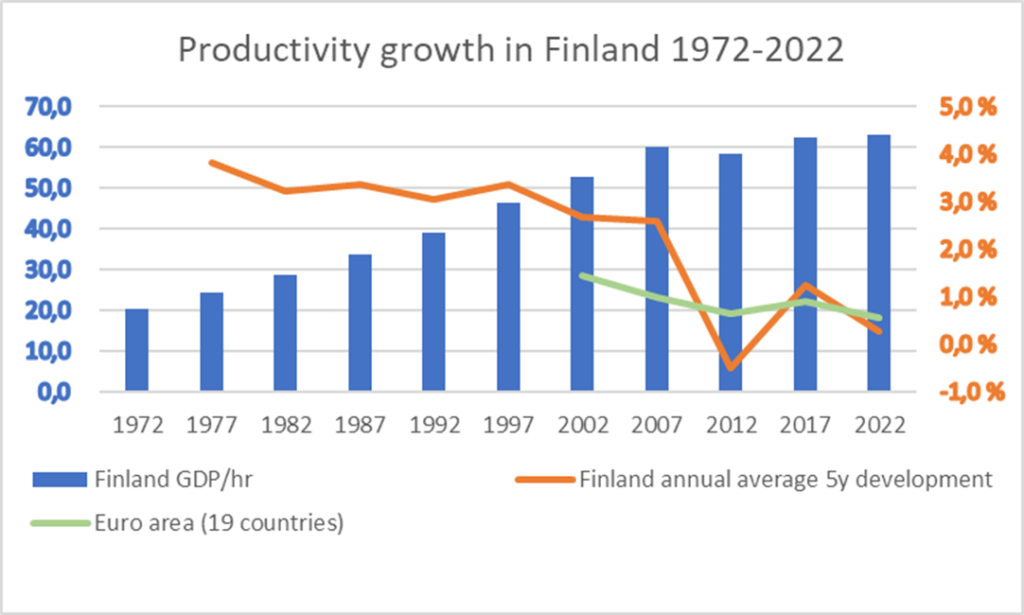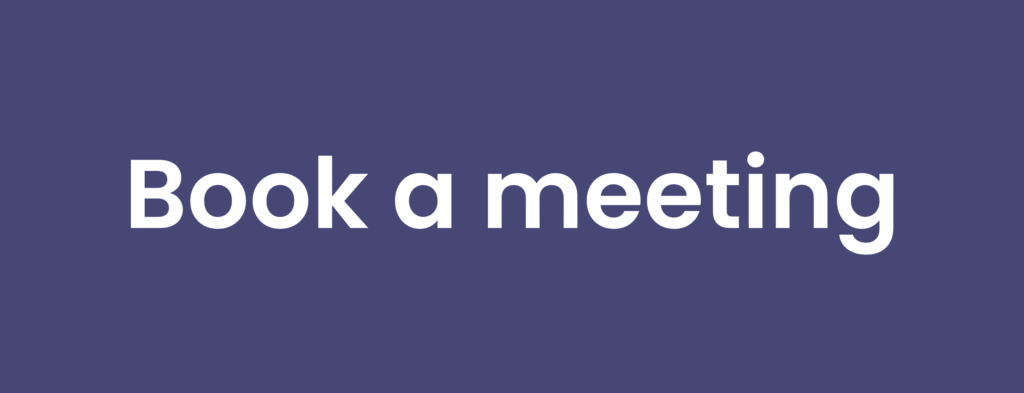Productivity growth has stopped. No matter what the tech influencers say, new technology and innovation have not increased the output of knowledge work.

What gives? A lot of companies have invested a lot in digitalization. Digital transformation is a trillion-dollar industry, yet it hasn’t delivered on its promises. CDOs and CIOs have swarmed leadership teams, but they are creating costs rather than cutting them, while productivity isn’t improving.
Missing strategy and rushed implementation create most of the issues
The problem has two causes. 1. Companies don’t align their digital transformation with strategy, and 2. They don’t invest enough in the implementation of new software products.
Digital transformation is often considered urgent and important. Why are companies not using the time to align it with strategy? Well, the leading causes are the lack of know-how and the distance between the decision makers and the actual work being done. The management simply doesn’t know what the users need. They also have a hard time estimating the cost and benefits of software.
Companies should invite every impacted employee to the discussion of digital strategy. Even if only a handful participates, it gives leadership valuable information on what users expect from the digital tools. Meanwhile, it improves the happiness and acceptance of new tools among employees.
Secondly, implementation is often rushed. Companies want quick return on their investment but miss out on the benefits when the users don’t stick or use the tools inconsistently. When the employees don’t learn how to use the tools, they stop using them altogether. Productivity improvements never happen. People and management get frustrated and lose trust in each other.
To ensure successful adoption, you need an implementation plan. A few things are a big help. Make instructions available, organize training for every user, and measure the adoption progress.
Make knowledge work social and collaborative
According to McKinsey, modern hybrid work productivity is based on three things. Collaboration platforms, social engagement, and knowledge accessibility. These three all come together beautifully in Fingertip and Microsoft Teams. Teams is the business communication platform we’ve all learned to love (or tolerate). Fingertip is the enterprise leadership system built on top of the Teams structure.
Fingertip makes leadership and collaboration visible, while improving the contextual discussion in Teams channels. Fingertip ties documents and knowledge in Teams channels and files to the processes they relate to. It creates a personal backlog to every user in context to ensure accountability. It is the first tool to make knowledge work transparent and measurable. All within Microsoft Teams.
The key to success is in service design and we invest a lot in adoption support. We dedicate the necessary amount of time to ensure Fingertip can benefit your strategic goals. We can help in templating, structure, and creating playbooks or instructions. Our customer success team works with you over a 3-month period to ensure all Fingertip users have the skills needed to use the platform to its full potential.
Book a free leadership design session with us, and we can discuss how Fingertip could make you more productive.




